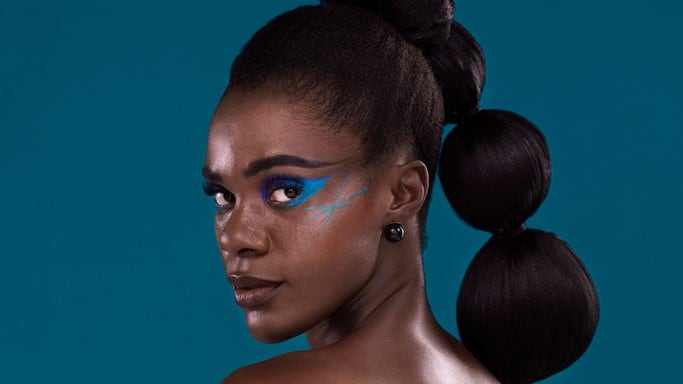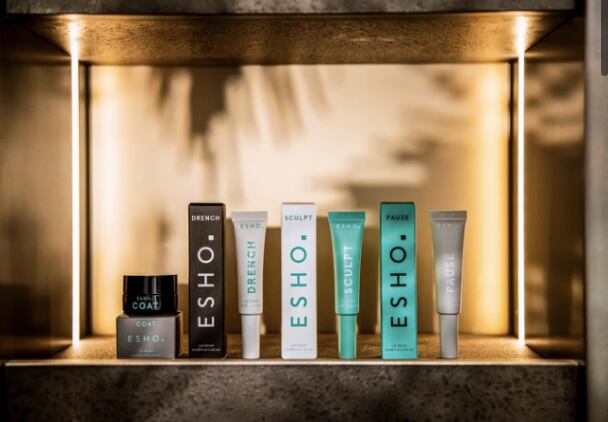Following in the footsteps of the K-Beauty boom that had brought Korean rituals and beauty beliefs to the masses in recent years, African beauty or A-Beauty was next on the horizon, according to WGSN.
And Clare Vaga, head of beauty at WGSN, said this was a particularly exciting movement to watch because it was very different to the likes of K-Beauty.
A-Beauty is nuanced not homogenous
“This is a regional beauty that’s emerging and that makes it slightly different because it’s much more nuanced; there are 54 countries that make up Africa,” Vaga told attendees at this week’s WGSN Beauty Live online event.
“…It’s very important that when you think about A-Beauty, you don’t think of this as a homogenous region,” she said.
Africa has home to a plethora of “amazing” beauty ingredients, she said, and there were many brands developing fantastic product concepts throughout the region.
African botanical skin care specialist 54 Thrones was one good example of a brand utilising the vast palette of African ingredients in its products whilst at the same time pivoting everything around “authentic beauty rituals of the region”, she said. There were also a number of brands working hard in the sustainability space, she said, particularly in South Africa.
“A-Beauty is the one to watch,” Varga said, asked where some of the most emerging promise was in the global beauty category.
Heritage and storytelling – behind the rise of J-Beauty and C-Beauty
And interest in country-specific or region-specific beauty rituals and routines was nothing new.
Last year, Euromonitor International predicted Japan-Beauty and China-Beauty (J-Beauty and C-Beauty) were primed to steal the spotlight from powerhouse K-Beauty, thanks to strong heritage, science and traditions in both countries.
Gabriella Beckwith, senior analyst for beauty and fashion at Euromonitor International, told CosmeticsDesign-Europe at the time that consumers were cultivating “stronger regional identities” and cared more about “authenticity”, driving engagement with these movements.
“…It appears consumers may be turning to new hotspots such as Japanese, Chinese, Australian and Scandinavian beauty,” Beckwith said.
For Japan, the appeal was in its knowledge of science and technology, she said, and the country’s beauty products were often associated with “efficacy, high-quality and benefit-led features”. For China, she said interest surrounded its “historical roots” and the fact the country was home to “ancient beauty rituals and skin treatments”.
Beckwith predicted at the time country or region-led beauty movements would likely continue.



